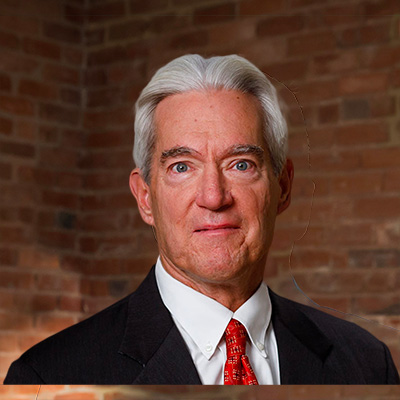There is no greater danger for children of ages one to thirteen than a car crash. No other type of accident injures and kills children at the same rate. To raise awareness about this issue and the tragic victims of car crashes, the third week in September has been declared Child Passenger Safety Week. Throughout the week, entities and organizations all over the country host informational meetings and safety inspections designed to keep kids safe on the road. [1]
One of the major points of emphasis for Child Passenger Safety Week is proper car seat use. Children below the age of five who are using standard seat belts are four times as likely to suffer a serious head injury during a crash compared to those properly secured in a car seat. Recent research has helped to narrow our understanding of which car seats provide the most safety. The key is using the right seat for the right age.
Infant car seats typically accommodate babies for the first year or so of life. All infant car seats are rear facing and hold babies up to 25-35 lbs and 29-32 inches tall, though it is important to review your specific car seat. However, outgrowing your infant car seat does not mean a child is ready to be front facing. The American Academy of Pediatrics (AAP) and the National Highway Traffic Safety Administration (NHTSA) recommend keeping a child rear facing for as long as possible. [2] After that, many parents switch to an All-In-One car seat. This seat can be rear facing, then front facing, then used as a booster seat, allowing for one purchase to follow your child until they are old enough for a regular seat belt.
Even as kids start to outgrow the need for special seats, they should always be properly restrained on every ride. In roughly a third of all fatal accidents involving a child, the victim was not wearing a seatbelt. The simple act of putting on a seatbelt reduces your child’s risk of dying in an accident by roughly 85%. That being said, it is vital that you not graduate your child to seat belts too soon. In an adult, the seat belt redirects the force of the crash into the hips and chest, areas that can absorb the punishment. If the seatbelt does not fit correctly the force will instead be channeled to vulnerable areas such as the neck and stomach, often resulting in worse injuries than an unrestrained child would have sustained. Do not make the change until the belt fits snugly across your child’s hips and chest. [3] Safe Kids Worldwide holds inspections to help families understand what type of child safety equipment they should be using in the car and how that equipment should be installed. [4]
Cars can be dangerous, but the majority of fatal accidents and serious injuries arise from unsafe practices and inadequate safety preparations. Make sure you have the proper equipment and knowledge in order to help keep you and your kids safe as you take to the road.
[1] https://www.trafficsafetymarketing.gov/get-materials/child-safety/child-passenger-safety-weekcps
[2] https://www.nhtsa.gov/equipment/car-seats-and-booster-seats#installation-help-parts-tips http://pediatrics.aappublications.org/content/127/4/788
[3] http://blog.mass.gov/blog/safety/national-child-passenger-safety-week/




